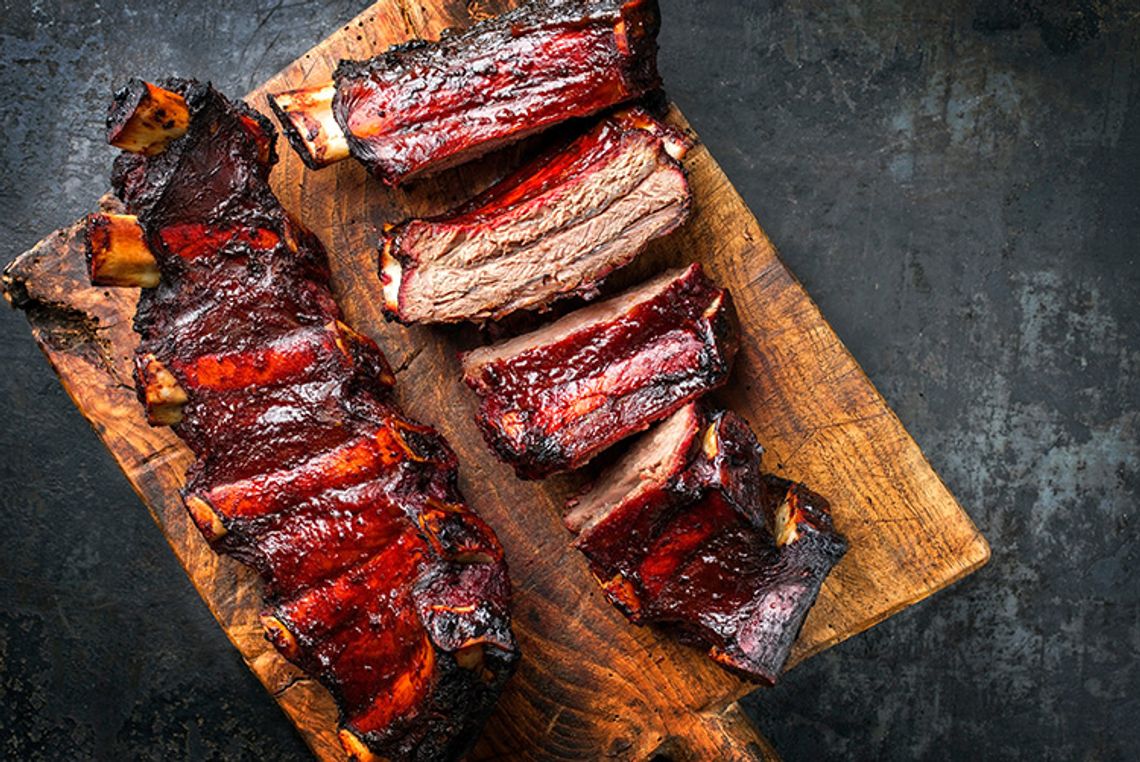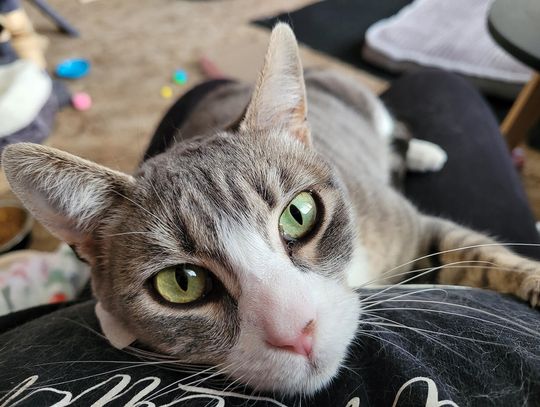This week’s article is a short rib intervention. A friend reached out this week to ask me how to prepare short ribs without making them greasy. He really “wants to broil them,” and asked if he should “boil then broil, or broil then boil?” First, of these two options, boil first broil second is the appropriate order. Second, we need to do a deep dive on short ribs.
Let’s talk about beef cattle. There are several steps that a butcher takes in the process of breaking down a whole cow into the cuts of meat that you are familiar with seeing at the store and cooking in your kitchen. The whole animal is typically first cut into “primal cuts.” There are eight primal cuts: the chuck, rib, loin, and round are towards the top of the cow’s back; and the brisket, shank, short plate, and flank run along the cow’s belly. When the chuck is separated from the rib, five-rib bones remain on the chuck side primal cut. The rib bones on the chuck side are shorter than those further back on the cow and the muscles that are attached are exercised more frequently. When a muscle is used more often, the meat is less tender and has a more developed flavor making it ideal for slow, low-heat cooking methods. As you may have guessed, the five rib bones that hang on the chuck side are the “short ribs.”
There are arguably three ways that short ribs can be separated into portions: Flanken, English, and a Hybrid. In the flanken cut, short ribs are sliced across the bones in thin slices, such that each piece has between 3-5 small cross-sections of rib bone. This is the perfect cut to use for the Korean barbeque short rib dish called kalbi. In the English style, short ribs are separated into portions by first slicing between the bones and then by cutting each rib into slices that are 1-2” thick. The English-style results in 2” square chunks of one-bone chuck meat. The Hybrid between the Flanken and English style is what you see most frequently in commercial grocers, the ribs are cut across the bones and the chunks are about 2” thick. When making decisions about which cut to buy, or how to have your beef processed, the thickness is the key consideration because it directly ties to the cooking method. Thin sliced flanken-cut short ribs can be prepared on the barbeque with high heat and short cooking times while ribs cut in either the thicker hybrid method or the English cut are suited for braising and oven-roasting.
When selecting and buying short ribs, look for ribs that have a solid inch or more of well-marbled meat on top of each bone topped with a thin fat cap. Avoid short ribs that have small striations of meat and a thick fat cap as these will turn out greasy and tough, regardless of the cooking method.
Here’s a recipe that involves boiling and then broiling in the preparation of English or Hybrid cut short ribs.
B-Byrd’s Boil then Broiled Short Ribs
INGREDIENTS:
4 lb beef short ribs - cut 2” thick
1 head of garlic
3 bay leaves
salt and pepper to taste
1 c brown mustard
1/2 c red wine vinegar
1/3 c brown sugar
2 T tomato paste
1 t cayenne pepper
3 T butter, melted
1 T molasses
3 T Worcestershire sauce
1 T granulated onion
1 T granulated garlic
DIRECTIONS:
Put short ribs in a Dutch oven with the head of garlic, bay leaves, salt, and pepper, and cover with cool water. Heat to a boil then reduce the heat to a simmer. Let cook for 2 hours, adding more water as necessary to keep the ribs submerged. Meanwhile, combine the remaining ingredients with 1 c of water in a saucepan. Heat over medium heat to a simmer and let cook, stirring occasionally until the sauce has thickened to your desired consistency.
Drain ribs and brush with sauce. Finish by cooking the ribs under the broiler or on a hot grill for 10-15 minutes. Serve with more sauce for dipping.









































Comment
Comments